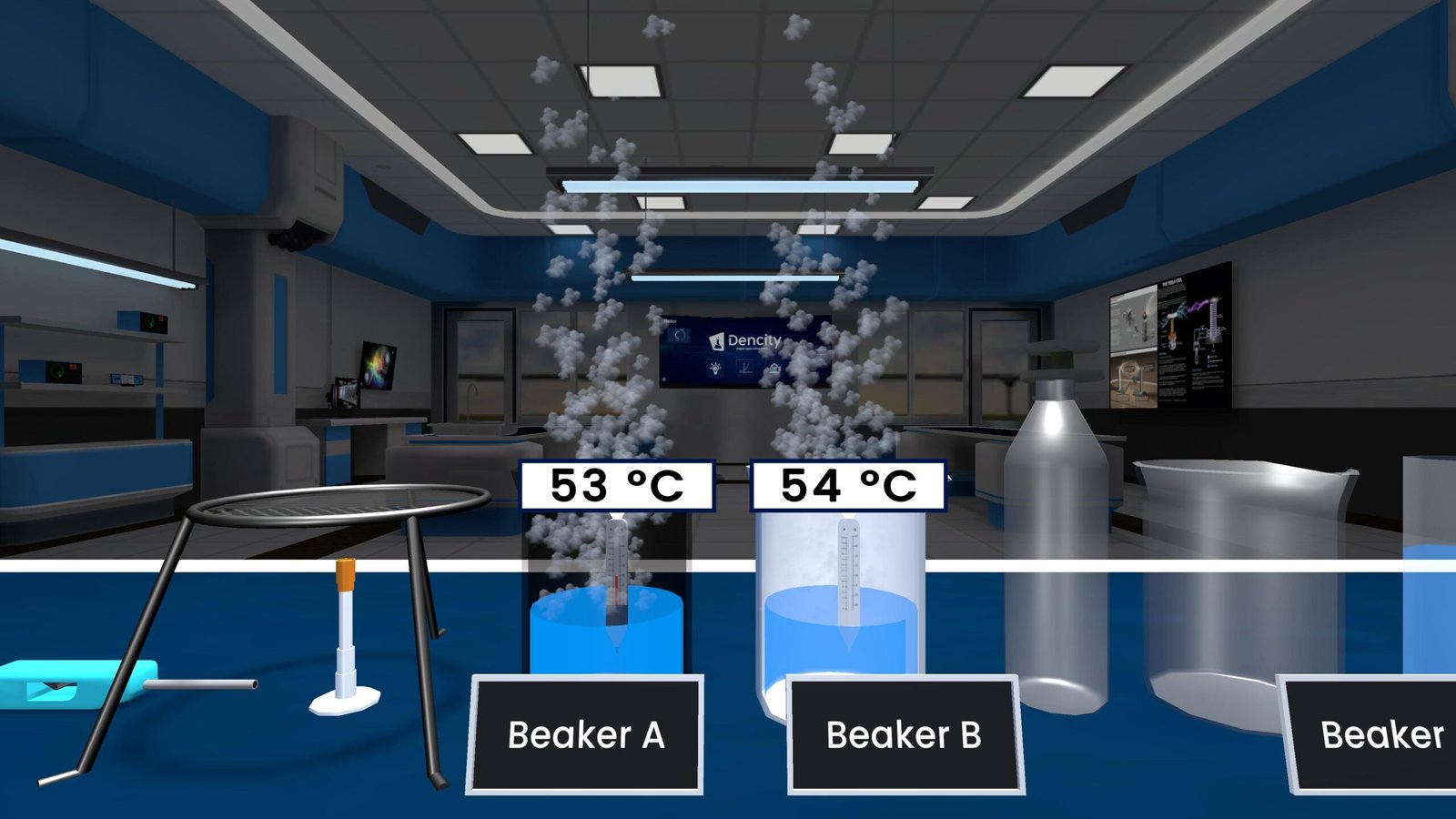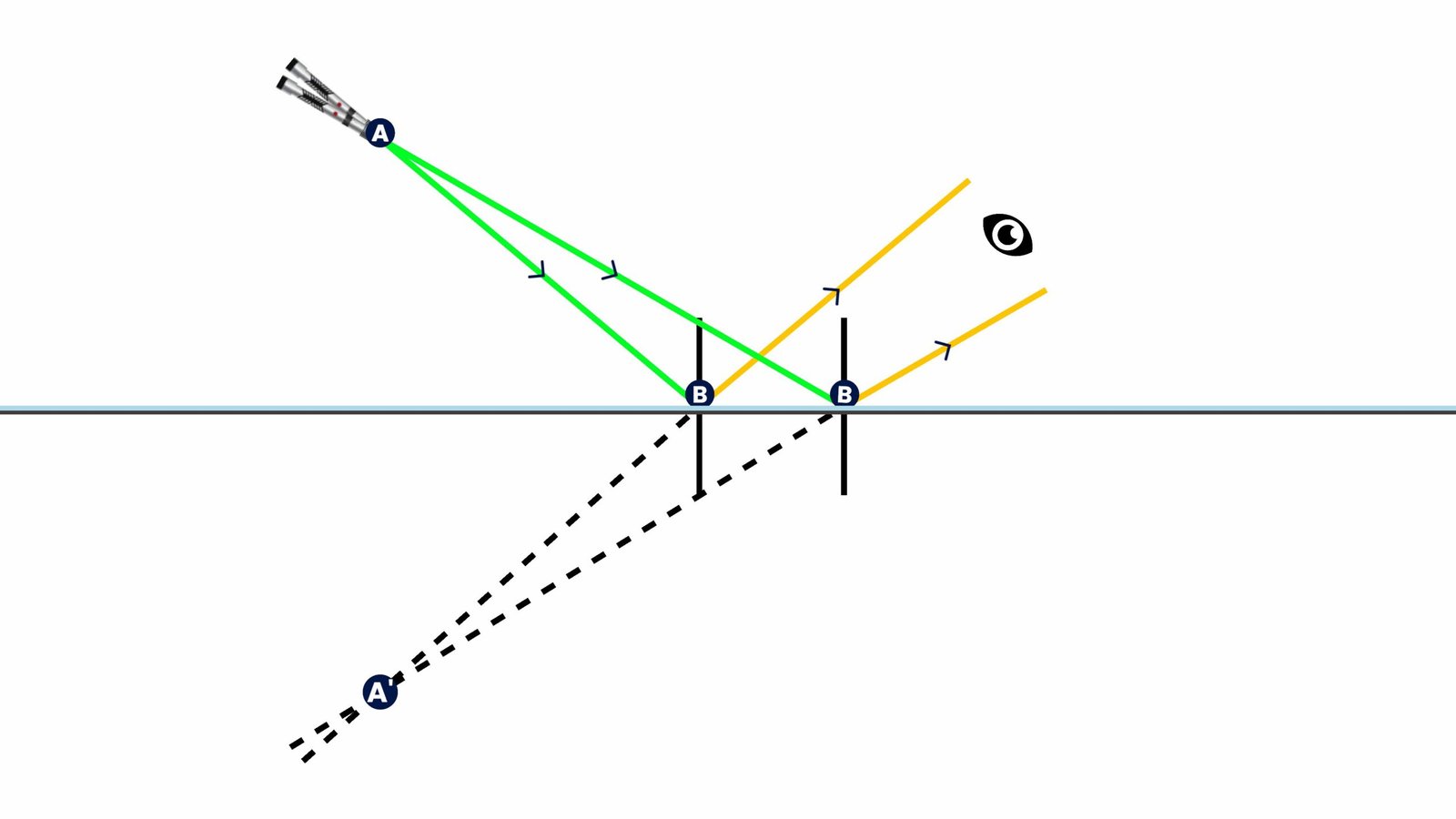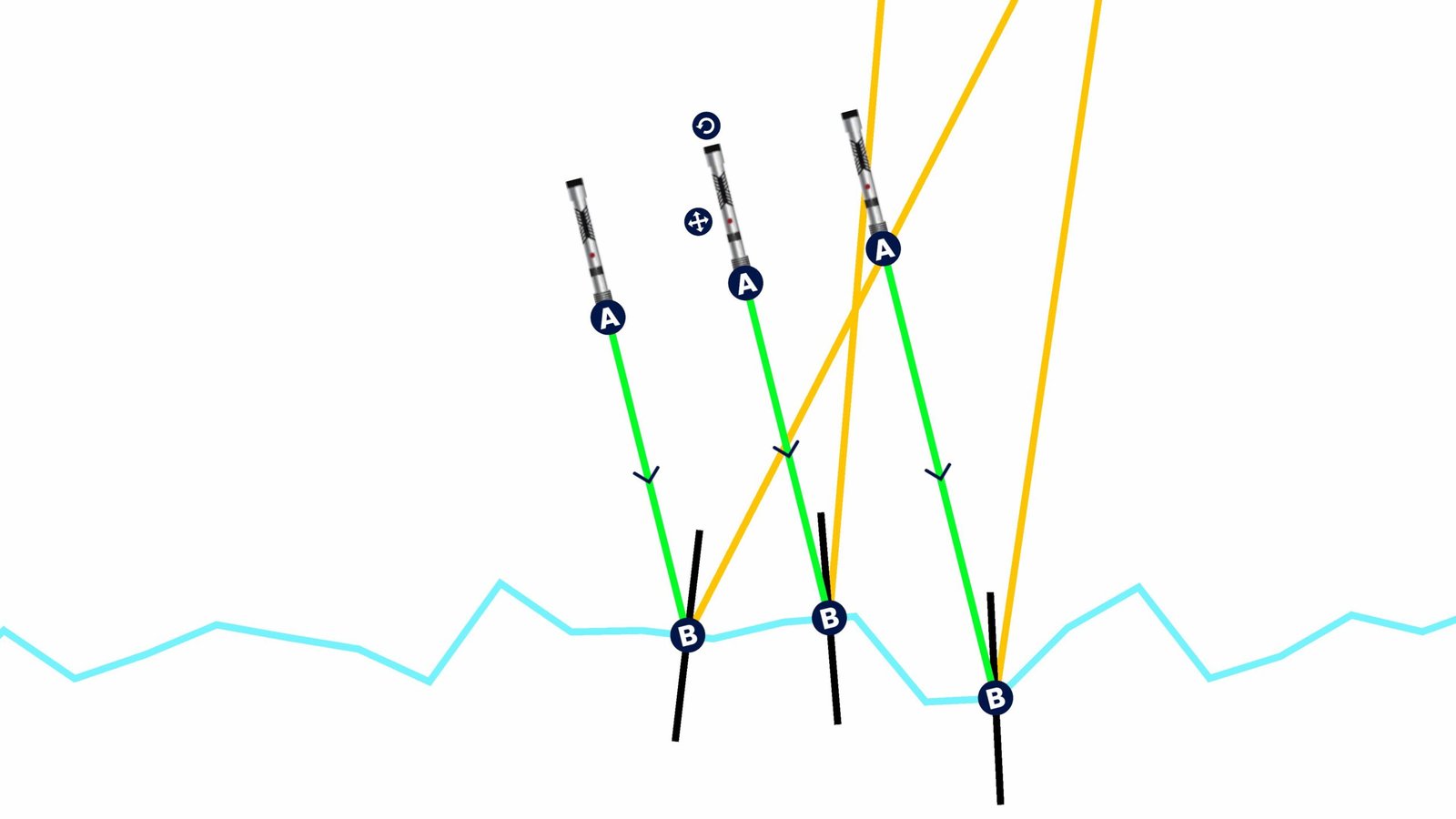Newton’s First Law of Motion: Understanding Inertia Through Coin Stack Experiment
Newton’s First Law tells us that an object will stay at rest or move at constant speed in a straight line unless acted upon by an unbalanced external force. This is often referred to as the Law of Inertia.
In simpler terms, objects resist changes in their motion. They won’t start moving, stop, or change direction on their own. Something has to make them do it—and that “something” is an external force.
Theory for Class 9 Science
In this experiment, we use a stack of coins placed on a table. The aim is to knock out the bottom coin using a striker without disturbing the rest of the stack.
- If the force applied by the striker is high enough to overcome static friction and inertia, the base coin slides out, and the rest of the stack falls vertically in place.
- If the force is too weak, the base coin remains stationary, and the stack does not move.
This shows that an object (the stack) resists motion unless a sufficient external force acts on it. It’s a perfect demonstration of Newton’s First Law.
Real-Life Applications of Inertia
- Seat belts in cars: Prevent the passenger from continuing forward when the car suddenly stops.
- Tablecloth trick: If pulled fast enough, dishes stay in place due to their inertia.
- Industrial machinery: Uses differences in inertia to separate parts.
- Coin stacking: Popular demonstration in physics to show motion without disturbing the entire stack.
Force Comparison Table
| Condition | Outcome |
|---|---|
| F < F_threshold | Base coin stays, stack unchanged |
| F = F_threshold | Base coin moves slightly, stack shifts |
| F > F_threshold | Coin slides out, stack falls vertically |
Explore Newton’s First Law with Dencity
The Dencity app makes it easy and fun to experiment with Newton’s First Law. This experiment is part of Class 9 Science and helps you test inertia by adjusting the force applied to the striker and observing what happens to the coin stack.
Students can simulate the exact conditions—like mass, force, and friction—without any mess or broken dishes! All this is available on Android, iOS, and desktop.
You get instant results and visuals, so concepts stick better. It’s perfect for curious minds eager to explore the science behind motion and stillness.
Dencity for Teachers
With Dencity’s interactive teaching tools:
- Set up the coin stack experiment virtually and let students adjust force values.
- Create assignments and quizzes around Newton’s laws with instant evaluation.
- Use annotation tools to explain what’s happening on-screen.
- Run collaborative virtual classrooms where students test and learn together.
Works on Interactive Touch Panels
Teaching with smartboards or interactive panels? Dencity works beautifully with touch gestures, so your class can simulate, swipe, and analyze results together—just like in a real physics lab.
Contact Us for Customized Demo or Pricing
Are you ready to modernize your science classroom? Contact us today for a custom demo and to get tailored pricing for your school or institution.
Frequently Asked Questions
- What is Newton’s First Law?
An object remains at rest or keeps moving uniformly unless a force acts on it. - What is inertia?
The tendency of an object to resist any change in its motion. - Why doesn’t the stack move when the coin is struck quickly?
Inertia keeps the stack in place while the fast, strong strike removes only the bottom coin. - What happens if I use less force?
The coin might not move, and the stack will stay in place. - How can I try this safely?
Use the Dencity app to simulate and test different scenarios. - Can I change the mass of the stack in Dencity?
Yes, you can customize force and mass settings in the simulation. - Is this part of school curriculum?
Yes, it is included in Class 9 Science. - How can teachers use this?
They can create assignments, conduct live demos, and track performance. - Can I use Dencity on my tablet?
Absolutely. It works on tablets, phones, and computers. - How do I get started?
Contact us for a demo and explore pricing options for your school.







